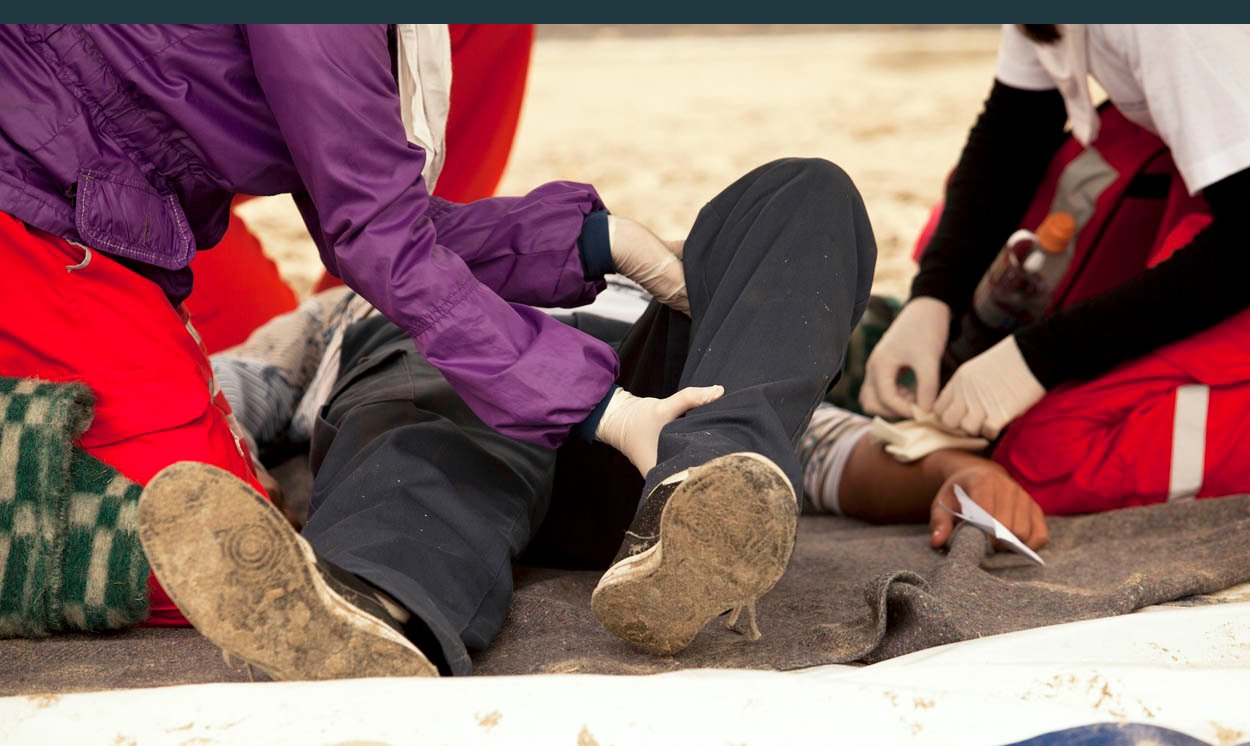FREC 3 Requalification
The FREC 3 Requalification is an intense 3 day course, eligble to those who currently hold a valid FREC 3 qualification
Post Course Placements & Paid Work
Our exclusive & strategic partnerships means that following successful completion of the FREC 3 Requalification, students have the ability to apply their new skills on real casualties in real life situations under the direct supervision of personnel with a higher level of clinical training including HCPC registered Paramedics. Placements are subject to the individual’s performance on the course, including attitude and ultimately lie at the discretion of those who are facilitating the placement.
What You’ll Learn
Roles and Responsibilities of Pre Hospital Care Providers:
- Casualty assessment
- Airway management
- FREC provider role
- Universal precautions
- Emergency care equipment Patient/Treatment documentation Consent
Incident assessment and control:
- Dynamic risk assessment
- Initial management of the scene
Casualty assessment:
- Primary Survey ABC
- Levels of consciousness
- Secondary Survey
- ABCDE approach
Catastrophic Bleeding:
- Direct/Indirect Pressure
- Trauma dressing
- Tourniquet use
- Haemostatic agent/dressing
Airway management:
- Airway anatomy
- Airway management methodologies Dynamic Airway assessment
- Head tilt-chin-lift
- Jaw thrust
- Postural drainage
- Altered Airway anatomy management Oro-pharyngeal airway Nasopharyngeal airway
- Manual suction device
- Choking
Cardio Pulmonary Resuscitation (CPR)
- Adult CPR
- Child CPR
- Infant CPR
- CPR adaptions
- Casualty handover
- Automated External Defibrillation
- When resuscitation should not be attempted
Medical Gases:
- Emergency Oxygen
- Pocket Mask/Bag Valve Mask
- Non-re-breather mask
Trauma:
- Universal precautions/Infection control
- Medical Shock
- External bleeding
- Embedded object
- Internal bleeding
- Minor injuries
- Eye injuries
- Burns
- Poisons
Trauma (Muscular-Skeletal):
- Head injuries
- Spinal injuries
- Helmet removal
- Cervical collar
- Pelvic immobilisation Fractures
- Sprains & Strains Dislocations
- Crush injuries
- Manual in-line stabilisation
Trauma (thoracic):
- Closed chest injuries
- Open chest injury
- Positional asphyxia
Medical conditions:
- Anaphylaxis
- Adrenaline Auto-injector
- Asthma
- Spacer device with reliever inhaler Hyperventilation
- Heart Attack
- Angina
- Stroke
- Diabetes
- Seizures
- Meningitis
Environmental:
- Hypothermia
- Hyperthermia
- Sunstroke
- Dehydration
- Exhaustion
- Food poisoning
Human body:
- Hypoxia
- Respiratory system
- Circulatory system
Course Assessment
0Multiple Choice Questionaires
this can be carried out by the trainer through out the duration of the course
0Anatomy Diagrams
Text
0Practical Assessments
Text
0Patient Report Form
Text
Certificate Award
Externally accredited and certificated by Qualsafe Awards Ltd

Course Dates & Locations
We can also provide this training course at a date and location of your choice, either in the UK or overseas
Suited Professions
- Patient Transport Services
- Close Protection and Security Officers
- Firefighters
- Police Armed Response Officers
- Industrial Response Teams
- Event Medics
Pre-Requisites
There are no pre-requisites for this training course.
Related Training Courses
Want XET to deliver the best training you’ve ever had?
XET have access to a range of services to suit your needs so no matter what you do, or where you are, XET has the expertise to keep you safe.




